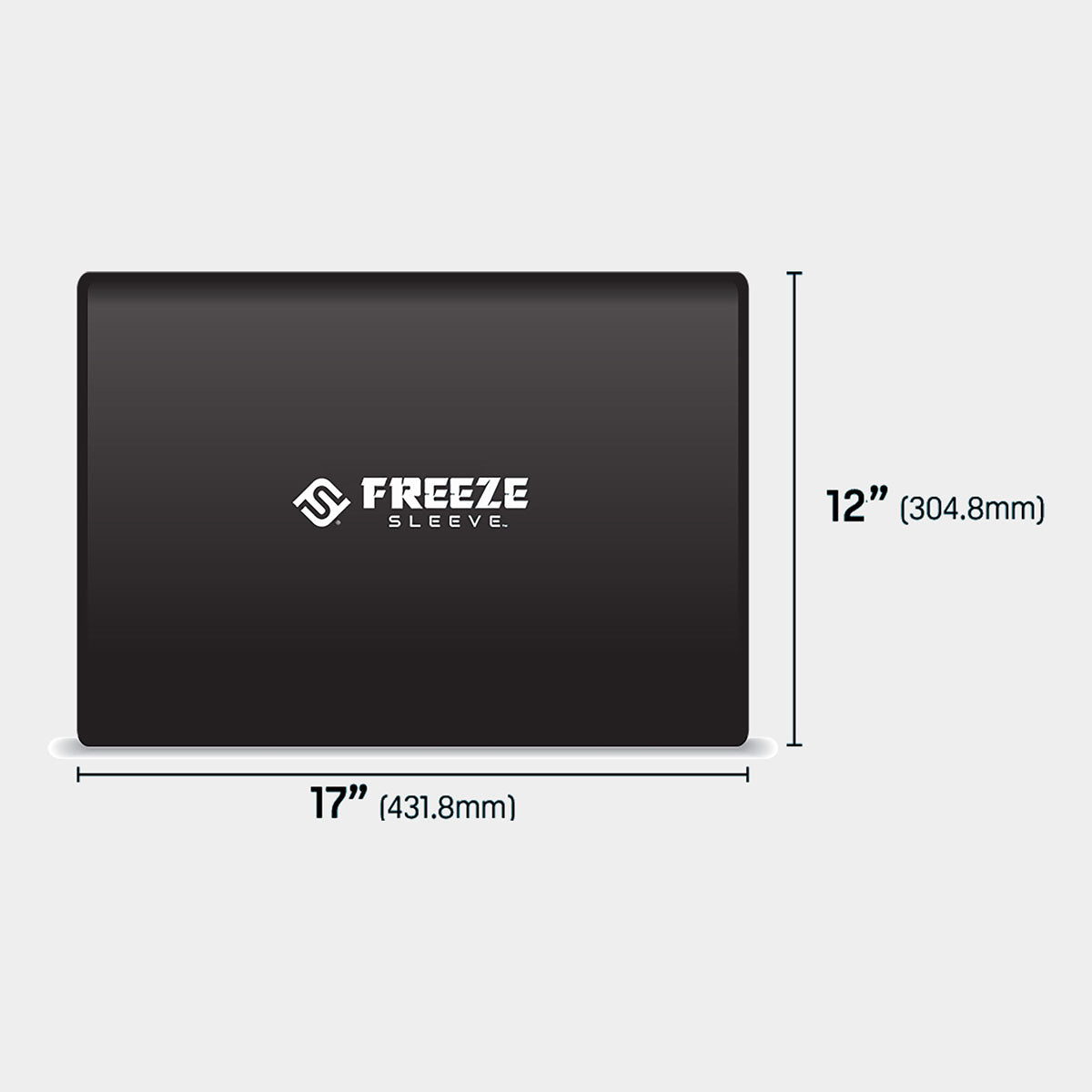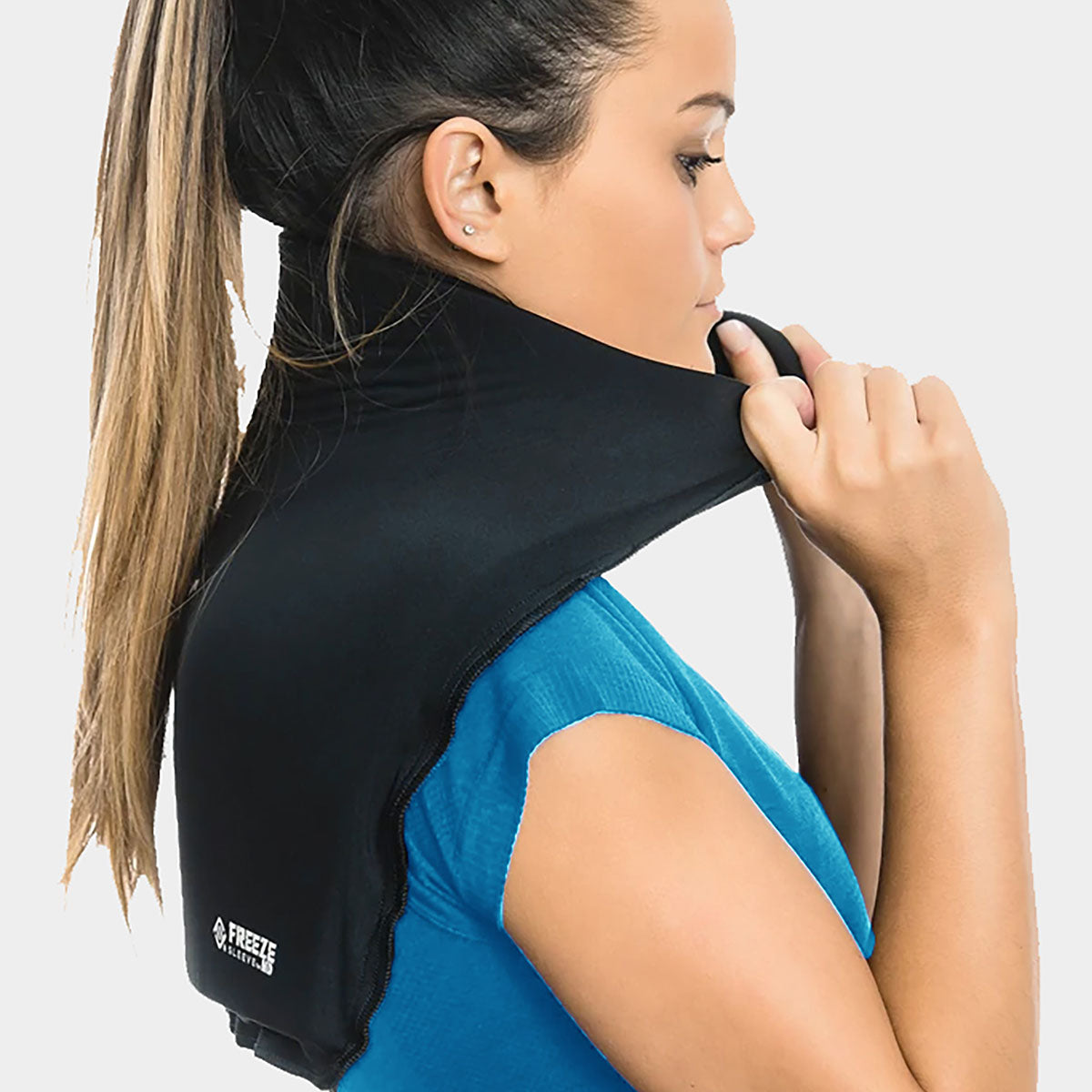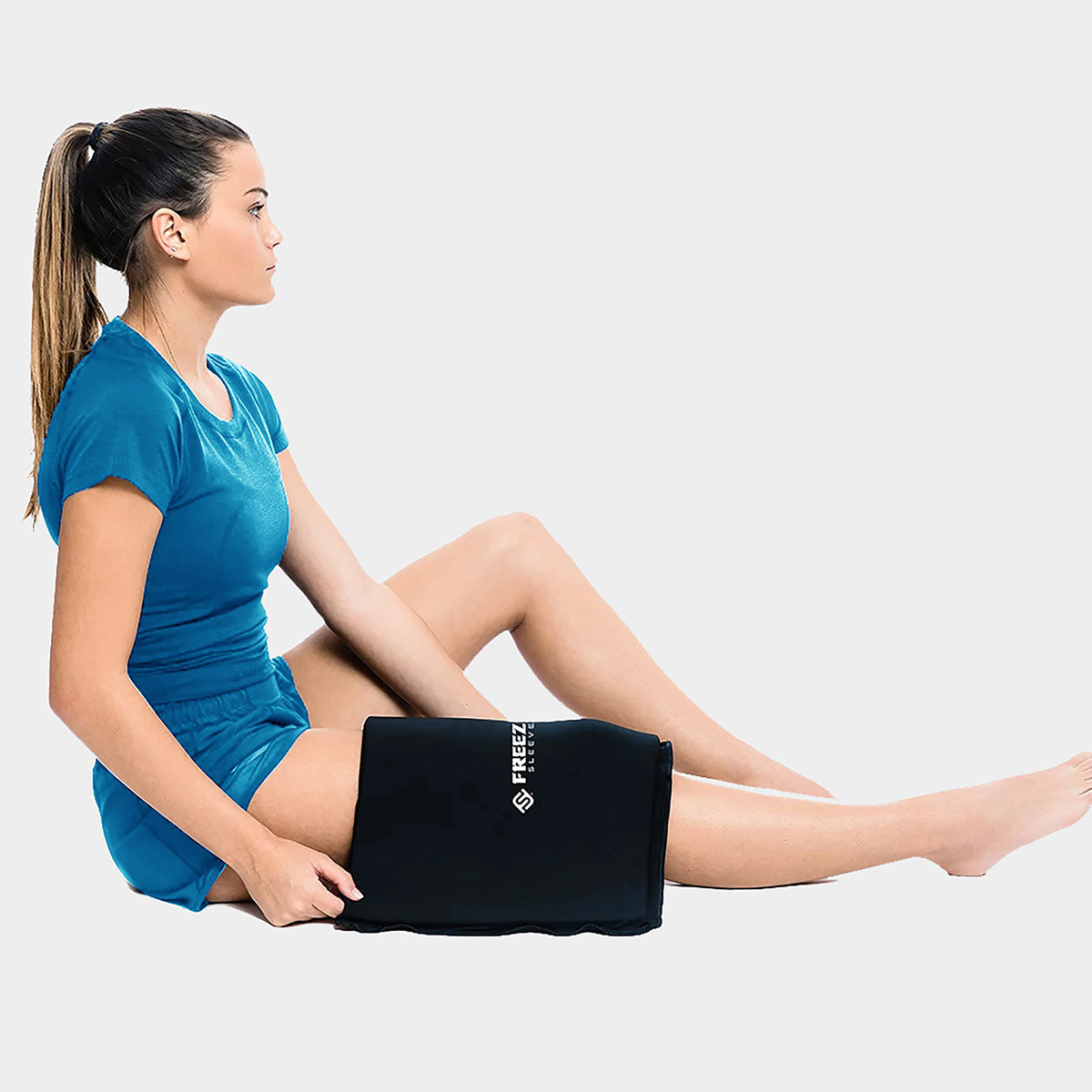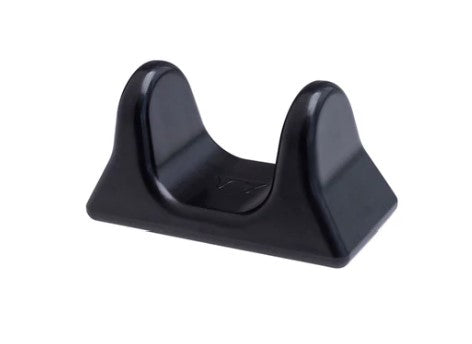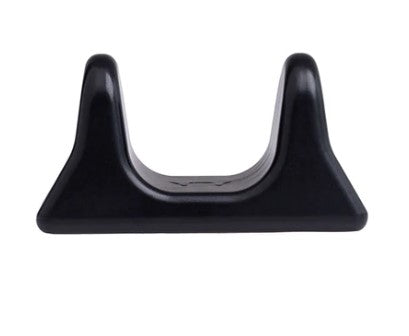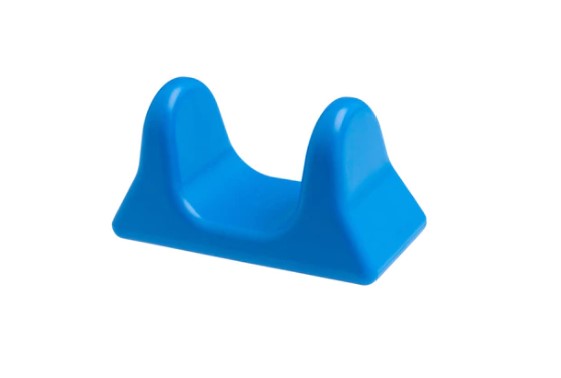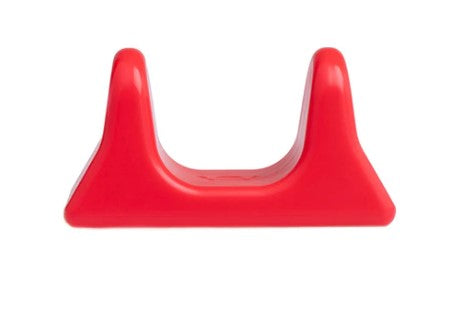For years, I’ve always struggled with easily straining my adductors. I wouldn’t necessarily feel like I injured them during training, but then in the days following a squat session, they would get ridiculously sore and tight, and if I tried training while they still felt that way, I would inevitably strain them and be unable to squat or deadlift for a week.
I tried quite a few different things to combat the soreness and tightness I had.
Foam rolling them before and after training, stretches, adductor machine... the list went on. No matter what I did after a particularly heavy session or with a new squat movement, I would get that same pain and tightness and had to wait it out to train again (or I’d try and tough it out and end up making it worse).
RECENT: 3 Quick Fixes for a Stronger Deadlift
Now, it’s worth noting that every person is going to be different, and anytime there is a pain or injury concern, you should consult a health professional. What worked for me may not work for you, but I wanted to share a few things that I think have allowed me to train consistently without adductor pain and tightness after having it interfere with training for so long.
1. Self-Discipline
This is a more general thing, but what I had to eventually recognize is that if my adductors were extremely tight and sore, no amount of warm-ups or stretching could replace resting them. There may be other recovery methods that I haven’t tried, but any time I tried to train squat or deadlift when they were still recovering, I would inevitably strain them and damage a week’s worth of training, particularly if I was doing a new rep range or movement or was coming off of a layoff of some kind. The best strategy proved to be waiting an extra day or two for them to be recovered enough to train. The alternative was having that extra day or two turn into a week.The next two things helped eliminate the tightness and soreness and make this a moot point, but I think it’s important to emphasize that discipline can help prevent a slight strain from turning into an injury that knocks you out of training for weeks.
2. Compression
I’ve found that keeping some light compression on my upper adductors and hamstrings during training has helped prevent tightness and soreness lingering into future sessions.Most recently, I’ve been using
Sling Shot Hammy Bands on both legs whenever I squat or deadlift, and I’ve found they’ve helped a lot. I decided to try them after noticing that anytime I squatted in
my briefs (even some fairly loose ones), my adductors felt better afterword compared to when I didn’t wear them.
Since I don’t obviously want to wear
squat briefs for all my lower body training (particularly when training for a raw meet or for certain strongman movements), the
Hammy Bands provide a nice happy medium of compression without altering my movement.
Right now, I use
briefs on my box squat days, and then use the
Hammy Bands when I do front squats and deadlift variations.
3. Copenhagen Warm-Ups
I’ve seen a lot more people sharing Copenhagen exercises this year, and honestly, I had never tried them until recently. I decided to try doing the variation shown in the video below for three to four sets of six to ten reps all back-to-back as part of my lower body warm-up, and it made a huge difference.I found that these helped warm up my hips and adductors, and really, my entire body as a whole (since you’re holding a plank position as part of the movement). Over time as you get stronger at these, you can do them with straight legs or other more difficult progressions, but bent-knee is a good place to get started.
This combination of common-sense programming, compression, and Copenhagen warm-ups made a huge difference for me in preventing adductor strains and allowing me to train uninhibited. Your situation and needs will probably vary, but hopefully, this can provide you some food for thought if you’ve struggled with keeping your adductors healthy in training.



















































